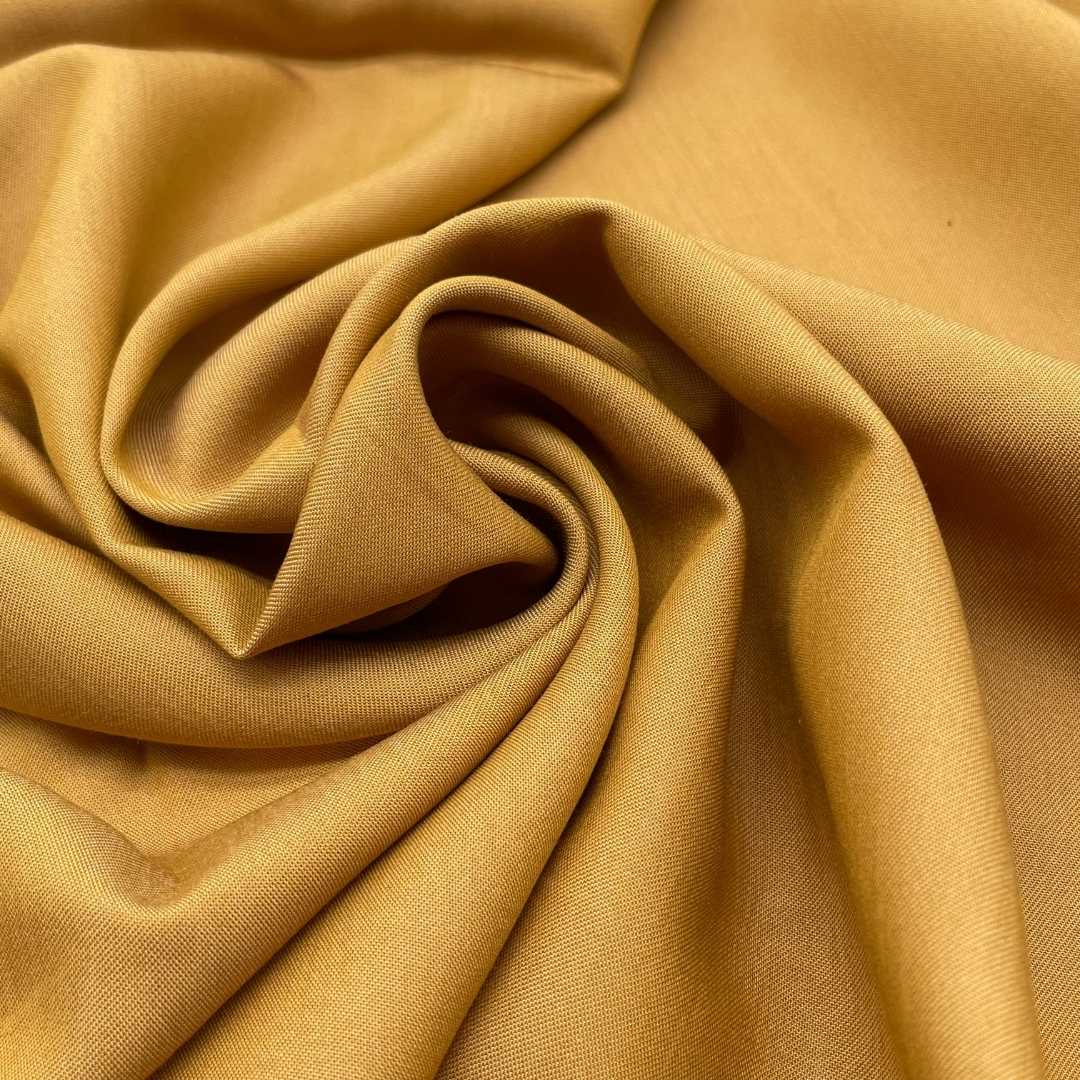Fashion design is a captivating blend of creativity, technical skills, and industry knowledge. Whether you aspire to become a renowned fashion designer or simply want to explore your passion for fashion, understanding the fundamentals and following a systematic approach is crucial. In this blog post, we will delve into the intricacies of how to start designing fashion, providing you with valuable insights and practical tips to kickstart your journey in the world of fashion.
- Cultivate Inspiration:
Before diving into the design process, it is essential to cultivate a constant source of inspiration. Immerse yourself in the world of fashion by following industry trends, attending fashion shows, exploring different cultures, and keeping an eye on emerging designers. Create mood boards, collect fabric swatches, and maintain a visual diary to capture your ideas and inspirations. - Develop a Strong Foundation:
To excel in fashion design, it is crucial to develop a strong foundation in design principles, garment construction, and textiles. Enroll in fashion design courses or pursue a degree in fashion design to gain a comprehensive understanding of these essential aspects. Familiarize yourself with different fabrics, their properties, and how they drape on the body. Master the art of sketching and learn to communicate your ideas visually. - Research and Conceptualize:
Every successful fashion collection begins with thorough research and conceptualization. Dive deep into your chosen theme or concept, exploring its historical, cultural, and social significance. Conduct market research to identify gaps or opportunities in the fashion industry. Develop a clear vision for your collection, including color palettes, silhouettes, and key design elements. - Sketching and Technical Drawings:
Once you have a well-defined concept, it's time to bring your ideas to life through sketching. Experiment with different poses, proportions, and details to create a range of design options. Refine your sketches and transform them into technical drawings, including measurements, construction details, and fabric specifications. These technical drawings will serve as a blueprint for your designs. - Pattern Making and Prototyping:
Pattern making is a crucial step in fashion design, as it involves translating your designs into tangible garments. Learn the art of pattern making, understanding how to create patterns for different body types and garment styles. Develop prototypes using inexpensive fabrics to test the fit, silhouette, and overall design. Make necessary adjustments and refinements to ensure the perfect fit and desired aesthetic. - Fabric Selection and Material Sourcing:
Choosing the right fabrics and materials is vital to bring your designs to life. Consider factors such as texture, weight, durability, and color when selecting fabrics. Research and establish relationships with fabric suppliers, ensuring you have access to a wide range of high-quality materials that align with your design vision. - Garment Construction and Finishing:
With your patterns finalized and fabrics selected, it's time to embark on the garment construction process. Master various sewing techniques, such as stitching, hemming, and finishing details. Pay attention to the smallest of details, as they can elevate the overall quality and aesthetic of your designs. Experiment with different embellishments, trims, and closures to add unique touches to your garments. - Presentation and Marketing:
Once your collection is complete, focus on presenting it in the best possible light. Organize a professional photoshoot to capture your designs on models or mannequins. Create a compelling lookbook or portfolio showcasing your collection. Leverage social media platforms and establish an online presence to promote your designs and connect with potential customers, retailers, or fashion influencers.
Conclusion:
Embarking on a career in fashion design requires a combination of creativity, technical skills, and industry knowledge. By following a systematic approach, cultivating inspiration, and honing your skills, you can start designing fashion with confidence. Remember, fashion design is an ever-evolving field, so continue to learn, experiment, and push boundaries to carve your unique path in the industry.


